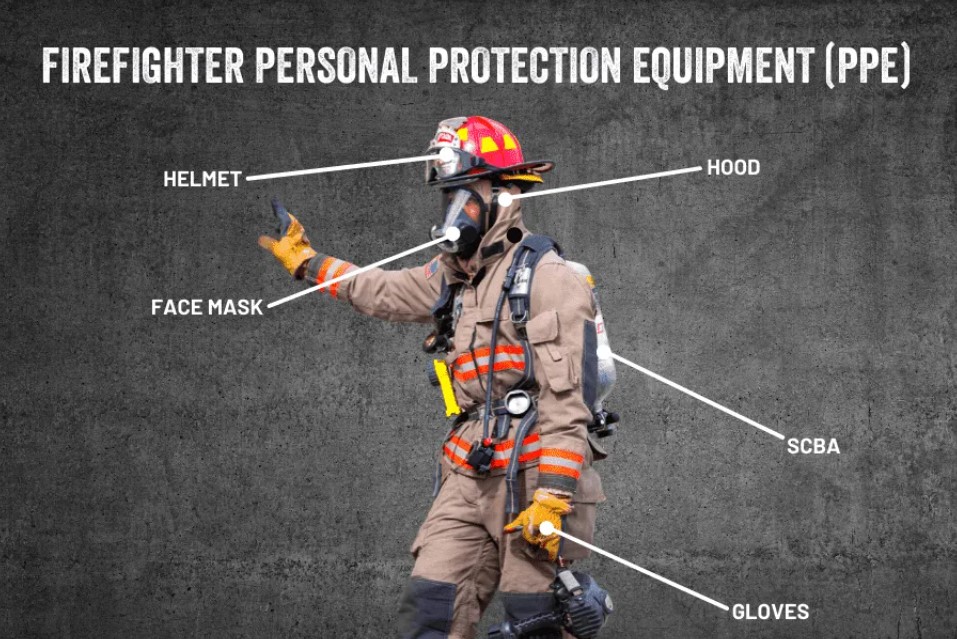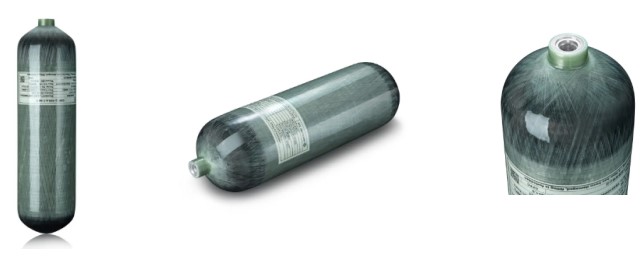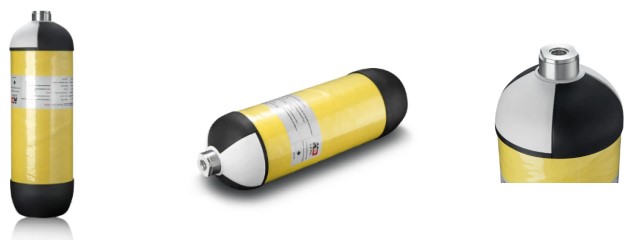Introduction:
Self-Contained Breathing Apparatus (SCBA) stands as a pivotal tool in ensuring the safety of firefighters, emergency responders, and individuals working in hazardous environments. This comprehensive guide aims to delve into the intricacies of SCBA, exploring its components, functionalities, and the evolving landscape of industrial safety.
Components of SCBA:
SCBA comprises several essential components designed to provide a constant supply of breathable air in environments where oxygen levels may be compromised. Key elements include the facepiece, regulator, cylinder, and harness. Each component plays a crucial role in ensuring the efficacy of the system.
How SCBA Works:
The SCBA system operates seamlessly to deliver a continuous supply of clean air to the user. The cylinder, typically made of advanced materials such as carbon fiber, houses compressed air. The regulator controls the flow of air from the cylinder to the user, while the facepiece creates a sealed environment for breathing. The harness secures the apparatus to the user, allowing for mobility and ease of use.
Industrial Progress:
Advancements in SCBA technology have revolutionized industrial safety. Modern SCBAs are equipped with real-time monitoring systems, ensuring users are alerted to any fluctuations in air quality. The integration of Artificial Intelligence (AI) and Machine Learning (ML) enhances the precision of sensor data, providing valuable insights into potential hazards.
Contribution to Firefighting and Rescue:
SCBAs have become indispensable in firefighting and rescue operations. The ability to operate in environments with elevated levels of smoke and toxic gases empowers firefighters, improving efficiency and safety. Real-time monitoring capabilities and longer battery life ensure that firefighters can focus on their duties without concern for equipment limitations.
Evolution of Cylinders:
Carbon fiber cylinders, such as those produced by Zhejiang Kaibo Pressure Vessel Co., Ltd., have played a significant role in the evolution of SCBA. These cylinders, including Type 3 and Type 4 variants, offer advantages such as exceptional durability, lightweight construction, and a prolonged service life of 15 years or more. Their compliance with stringent standards like CE (EN12245) underscores their reliability.
Advantages of Carbon Fiber Cylinders:
The integration of carbon fiber in SCBA cylinders provides a winning combination of strength and lightweight portability. Zhejiang Kaibo’s carbon fiber cylinders ensure that firefighters and emergency responders can navigate challenging environments with ease. Their compliance with CE standards attests to their quality and safety.
Conclusion:
As we navigate the complexities of modern industrial safety, SCBA emerges as a crucial ally. The continuous progress in SCBA technology, coupled with the advancements in carbon fiber cylinders, exemplifies the commitment to creating safer, more efficient solutions for those on the frontline of firefighting and rescue operations. Zhejiang Kaibo Pressure Vessel Co., Ltd.’s dedication to producing reliable carbon fiber cylinders aligns seamlessly with the evolution of SCBA, ensuring that every breath taken in the line of duty is one of confidence and security.
Post time: Dec-25-2023



